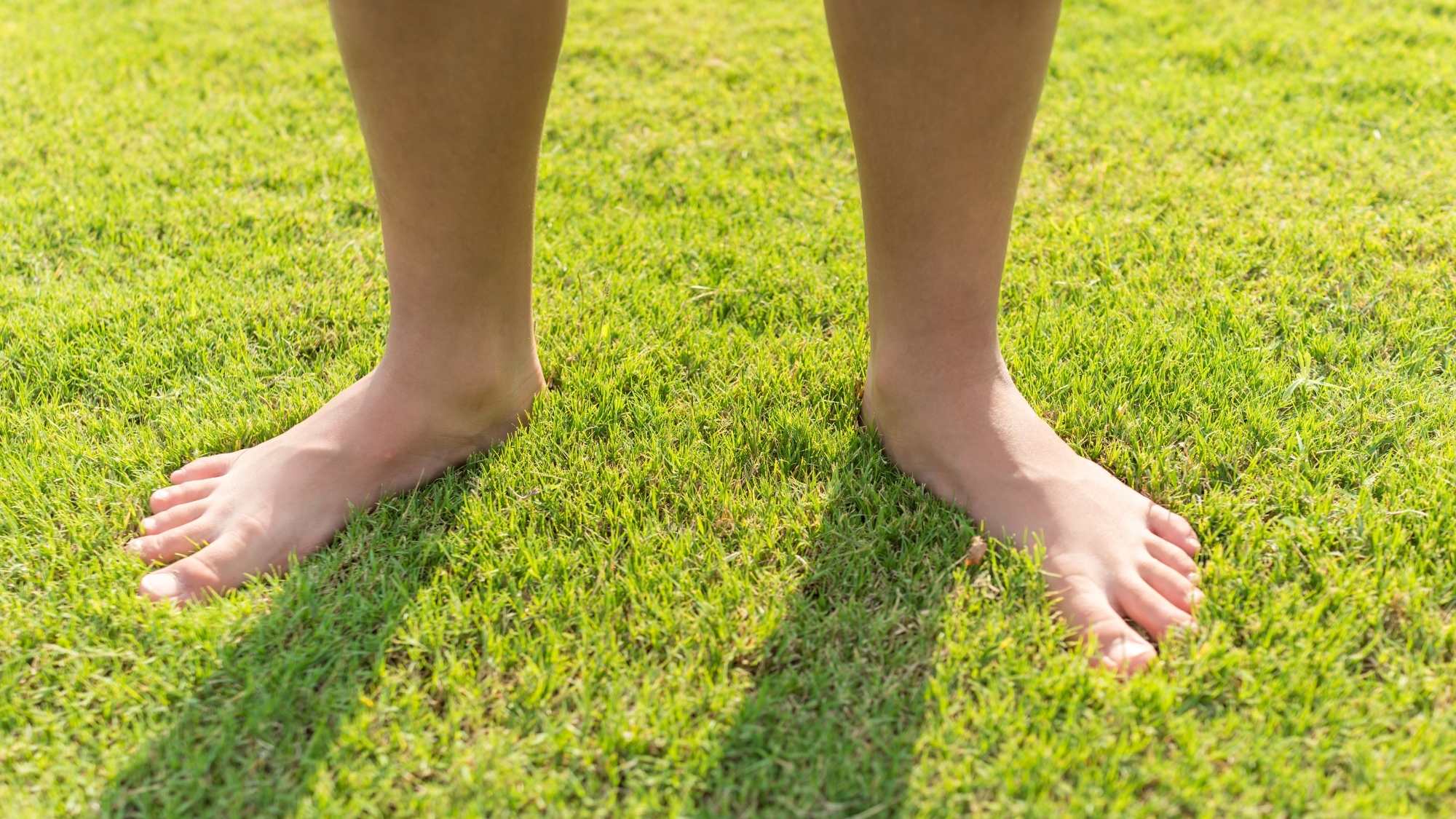My lovely grandmother died a few weeks ago. We were very close and it has been a painful shock. Since her death I’ve been struck by waves of sadness and grief, often out of the blue. There have been times when I’ve needed to quickly distract myself from this in order to focus on my work and times when I’ve been able to give way to the tears and allow myself to be consumed by my grief for a time.
At other times I’ve wanted to make room for the sadness alongside doing important things. I’ve wanted to be able to be there for family members who are also grieving, keep going with daily chores, play with my kids, or appreciate the beauty of Spring. In those times being truly present means opening up to whatever thoughts and feelings are showing up, but not being swept away by them. This is a tricky balance to find – but grounding techniques can be a powerful way of achieving this.
What?
Being “grounded” means being present – i.e. being consciously aware of the here and now, without being caught up in painful thoughts or feelings, regrets about the past or worries about the future. It is the opposite of being on auto-pilot: those times when moments, even hours, can pass without you really knowing what happened (think of getting to the end of a page and having no idea what you just read, or arriving at a destination with no recall of the journey).
Russ Harris (author and leading Acceptance and Commitment Therapy trainer) uses the helpful metaphor of an anchor in a storm. Difficult feelings and thoughts (whether they be sadness, anger, fear or even boredom) can create an emotional storm in which we can get swept away and caught up, just as a little boat would in the midst of a storm at sea.

We can’t make the storm go away, just as we can’t eliminate stress and loss from our lives. But we can find ways of steadying ourselves until the storm passes. We can drop an anchor. This enables us to re-connect with the present moment, and help us feel less bashed about the storm of our emotions.
Why?
Emotional storms can get in the way of us doing what matters, and making choices in line with our values. We might find ourselves withdrawing and disconnecting from important people and experiences or trying to avoid discomfort through things like over- or under-eating, alcohol misuse, even deliberate self harm. We might find that we take out our distress on others, often those closest to us.
Grounding ourselves can help to create a pause in which we un-hook from the thoughts and feelings that captivate us. Rather than getting into a battle with them we can make room for them, while enabling us to focus on what really matters in this moment. This might mean:
- Recognising a critical inner voice and deliberately adopting a more compassionate stance
- Being able to process and turn towards traumatic experiences without being overwhelmed by them
- Deciding to step away from the chocolate and pick up an apple instead
We don’t always need to be grounded. Sometimes distraction is just what we need (thank heavens for Line of Duty!). Sometimes we do need space to be immersed in our emotions. But if we become aware that the pull of these thoughts and feelings causes us or others harm, or takes us away from the person we want to be, grounding techniques can interrupt that cycle. They open us up to other possibilities and give us a chance to treat ourselves and others with compassion.
How?
Grounding techniques generally involve 3 elements (ACE):
A – acknowledge your experience – notice what thoughts, feelings, memories are present for you right now. Try to name them if you can.
C – connect with your body – intentionally move your body, noticing that it is containing all your thoughts and feelings. This can be as simple as pushing your feet into the ground, or doing some basic stretching.
E – engage in the world around you – notice the room around you and engage your senses. What can you see, hear, smell and taste?
A physical prop can be really helpful – especially if you are in a situation where you can’t take time out. For example, a piece of jewellery you can touch or a pebble in your pocket. Some people find that sucking on a strong mint can help – anything that helps you to connect with your body and your senses.
Mindfulness meditations or breathing exercises are also helpful as these enable us to open up to feelings while staying connected with our bodies.
Dropping Anchor Audio
Russ Harris developed the Dropping Anchor grounding technique. I’ve made a 5-minute recording which I hope you will find helpful. As with all skills you will need to practice regularly in order to get the most out of it. I suggest practicing daily at a time when you are not feeling particularly stressed, so that you can draw on this skill when difficult things crop up.
You can also access Russ Harris’ audio recordings of the Dropping Anchor exercise. He has done 4 versions, ranging from 40 seconds to 11 minutes – try them out and see what works for you.




